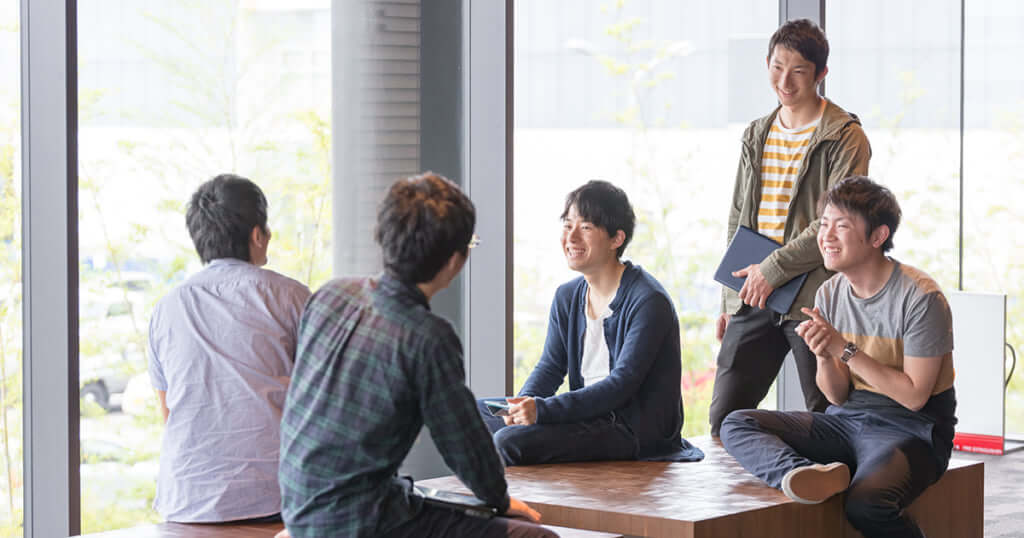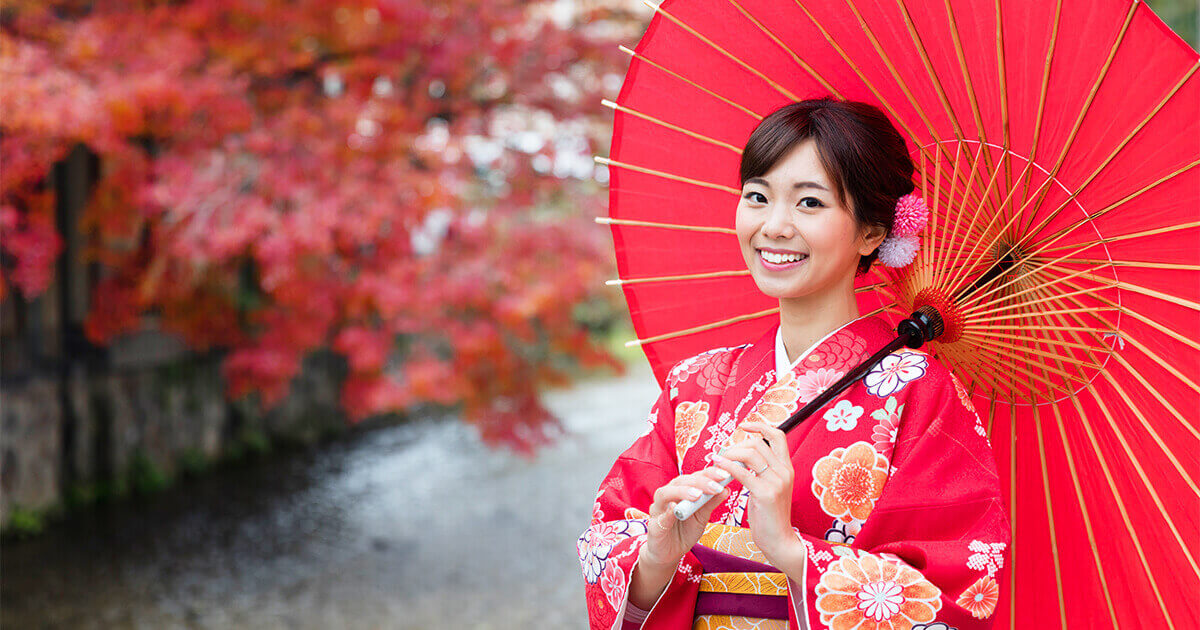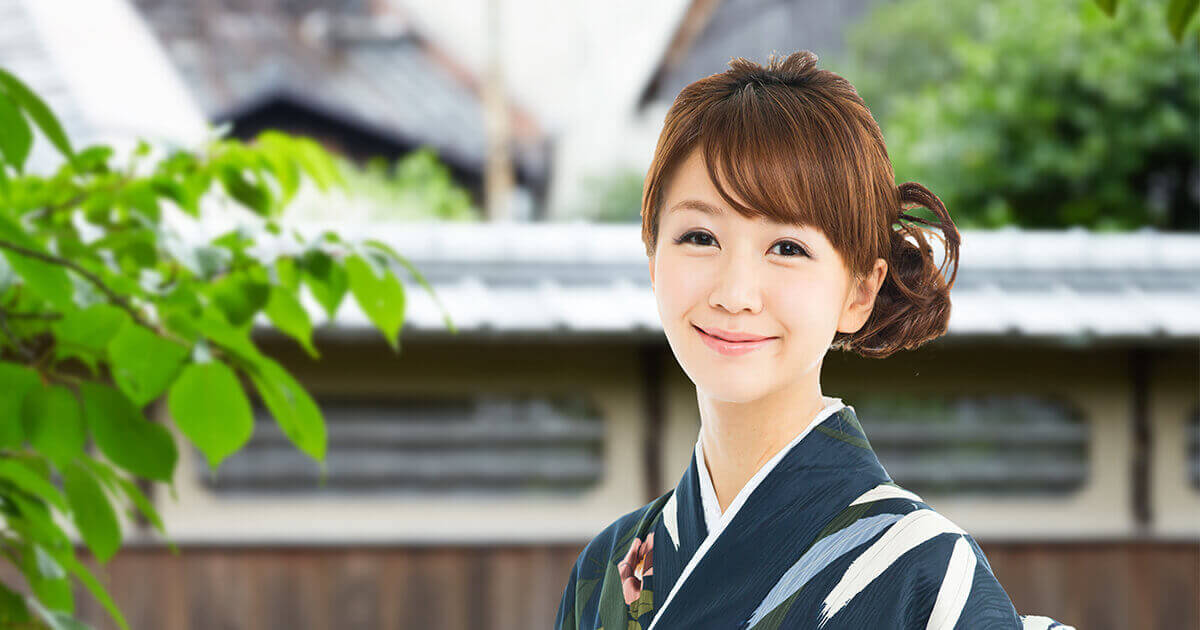
This is Part 4 of the explanation on keigo, Japanese honorific expressions. For previous explanations, see What is keigo?
Hello. We’ve briefly mentioned keigo (honorific expressions) in “Is Japanese language difficult to learn? Let’s look at the characteristics of the language. Let’s learn more about keigo today. What is keigo (honorific expressions)? We’ve briefly mentioned keigo in “Is Japanese …
Some Japanese learners may think that keigo (honorific expressions) is discriminatory because they are words used to show a hierarchical relationship. Indeed, keigo is also used to show a hierarchical relationship but it is hard to say whether it is …
Japanese keigo is a very deep subject matter that cannot be easily covered within a few pages. Previously, we mentioned that in addition to knowing keigo vocabulary, it is also necessary to choose the appropriate word for the right situation …
Let’s take a look at them. If you’re an anime fan, you may have heard of them.
New Keigo
We’ve explained that keigo is used in the following situations. (For details, see here).
Some Japanese learners may think that keigo (honorific expressions) is discriminatory because they are words used to show a hierarchical relationship. Indeed, keigo is also used to show a hierarchical relationship but it is hard to say whether it is …
- To show “respect” to the other party
- To show “formality” to the other party
- To show “a sense of distance” to the other party
- To show the character and upbringing of the user
In any case, keigo is used to put a distance between the speaker and the other party. However, more and more young Japanese people believe that showing familiarity and friendliness is also an important consideration for the other party (Takahashi, p.141).
This mentality of the young people is evident from the speech of male students in sports clubs and departments. Sports clubs pay attention to strict discipline and hierarchical relationships.
Members are required to bond and work together toward a common goal. A relationship of mutual trust and a sense of solidarity and friendliness are also required.
This gives rise to the use of “new keigo”. What expressions are used among young people?
すごいっすね Sugoissune (awesome, great)
The “です desu” in “すごいです sugoi desu” is replaced with “~っす ~ssu”. While “desu” puts a distance between the speaker and listener, “~ssu” shows familiarity and friendliness. It is an expression that includes both respect and friendliness.
Examples of usage are “うまいっすね umaissune (うまいですね umai desu ne = おいしいですね oishii desune delicious)” and “いいっすね iissune (いいですね ii desu ne=good)”. Hanamichi in the manga Slam Dunk often uses this type of expression to his manager Ayako because he wants to be respectful and yet friendly to her at the same time.
お疲(つか)れ様(さま)でした Otsukaresamadeshita (Thank you for your hard work)
In “5 Expressions You Should Not Say to Your Seniors and Superiors”, we have explained that it is best not to use “Otsukaresamadeshita”. For details, see here.
Japanese keigo is a very deep subject matter that cannot be easily covered within a few pages. Previously, we mentioned that in addition to knowing keigo vocabulary, it is also necessary to choose the appropriate word for the right situation …
However, if you have trained and worked hard together as teammates, you would want to thank and reward the other party for his hard work with “otsukaresamadeshita” even if he is a senior. Saying “お疲(つか)れ様(さま)っす otsukaresamassu” may be better to show this sense of comradeship.
飯(めし)、食(く)われましたか Meshi, kuwaremashitaka (Have you taken your meal?)
“飯(めし) meshi” is “ご飯 gohan” or “食事 shokuji” (meal); and “食う kuu” means “to eat (食べる taberu)”. However, they are very rough and vulgar expressions only used by men.
The image associated with these expressions is one where tough boys in a sports club gather together to chomp down hungrily on heaps of rice. Such vulgar expressions are actually connected with a keigo expression “~れます ~remasu”.
During a training camp, the boys would want to ask their seniors whether the latter have taken their meals. This is a new type of keigo where friendliness and respect are expressed at the same time.
Mixture of plain style and polite style
先輩:今日は俺のおごりだから。
Senpai (Senior): Kyoo wa ore no ogoridakara. (It’s my treat today)
後輩:まじっすか。ありがとうございます。やった。まじうれしい。先輩、ビールお注(つ)ぎします。
Koohai (Junior): Majissuka. Arigatoo gozaimasu. Yatta. Maji ureshii. Senpai, biiru otsugishimasu. (Really? Thank you. Yay! I’m really happy. Senpai, I’ll pour you some beer)
先輩:おお、悪いな。すげぇうまい。お前も飲めよ。
Senpai (Senior): Oo, waruina. Sugeeumai. Omae mo nomeyo. (Thanks. Delicious! You drink up too)
後輩:いただきます。うめぇ!
Koohai (Junior): Itadakimasu. Umee! (I’ll go ahead then. Delicious!)
Do you now have a better idea of the relationship between keigo and Japanese young people? Using such language to show friendliness to your younger Japanese friends may help to build a closer relationship with them.
However, there are also many people who do not like this style of speaking. Observe carefully and decide what words are suitable before you start speaking.
Reference: Keiko Takahashi “Shizen na Keigo ga Kihon kara Minitsuku Hon” (A Book on Mastering Natural Keigo), Kenkyuusha, 2016







